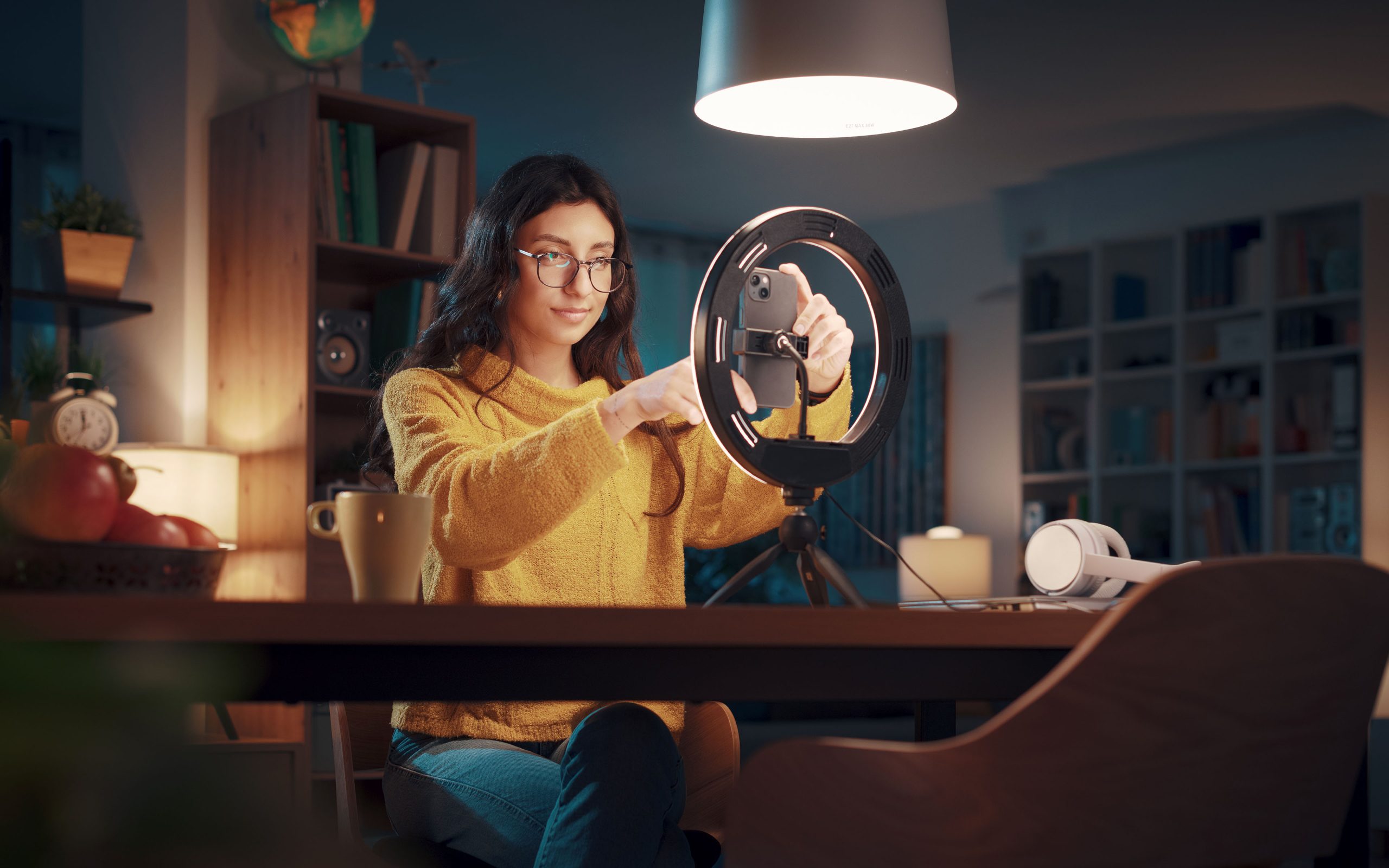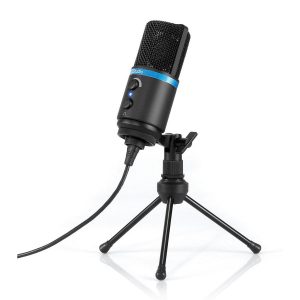Your Phone’s Internal Mic Is Holding Back Your Content
 Post thumbnail
Post thumbnail When it comes to social media content, video and short-form video in particular is huge.
It’s a competitive landscape and each passing year it’s harder for creators to stand out. Everybody is looking for tactics that will give them an advantage. Thus, it’s surprising how many people overlook tweaking their filming habits to boost their sound quality.
Authentic content that’s in the moment is capturing both people’s attention and imagination right now. Sometimes you need to put production concerns aside and just hit record before the moment is gone. Nevertheless, if speech is a key component in your video it needs to be clear and easy to understand. Otherwise, the point of the video will whiz over your audience’s head or they’ll keep scrolling.
Why Exactly Are Internal Mics Mediocre or Even Poor?
When you consider how tiny the components of a smartphone are, it’s astonishing that phones perform as well as they do. The quest to make everything small brings compromises, and microphones are no exception.
The mic in your smartphone is a tiny electret condenser. Condenser mics have been around for a very long time. E.C. Wente invented it in 1916 for Bell Labs.
If you were to get a standalone condenser mic today the choices in brands and styles are vast. If you break it down in terms of the size of the diaphragm inside the mics, it gets much simpler.
There are small, medium, and large diaphragm condenser mics. Each has its pros and cons. However, in terms of sound, it’s notable that large diaphragm condenser mics give you a big, rich sound.
This is where internal mics in phones struggle the most: bass. They do capture the mid frequencies and highs of the human voice adequately with proper technique. Ultimately, speech without post-processing that was recorded with a phone sounds flat. And that can make it challenging for your audience to understand what’s being said.



 Best known for excellent music production software like Amplitube and SampleTank, IK Multimedia has been building their line-up of affordable audio hardware similar to Apogee’s entry-level offerings.
Best known for excellent music production software like Amplitube and SampleTank, IK Multimedia has been building their line-up of affordable audio hardware similar to Apogee’s entry-level offerings.